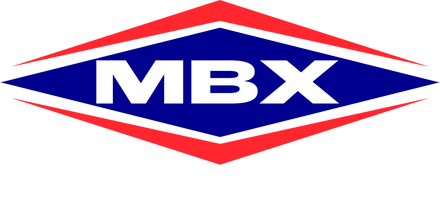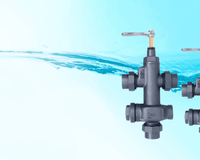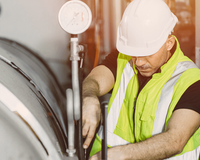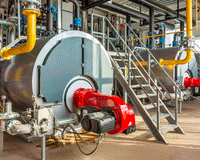Incrustations in flue gas transport pipes
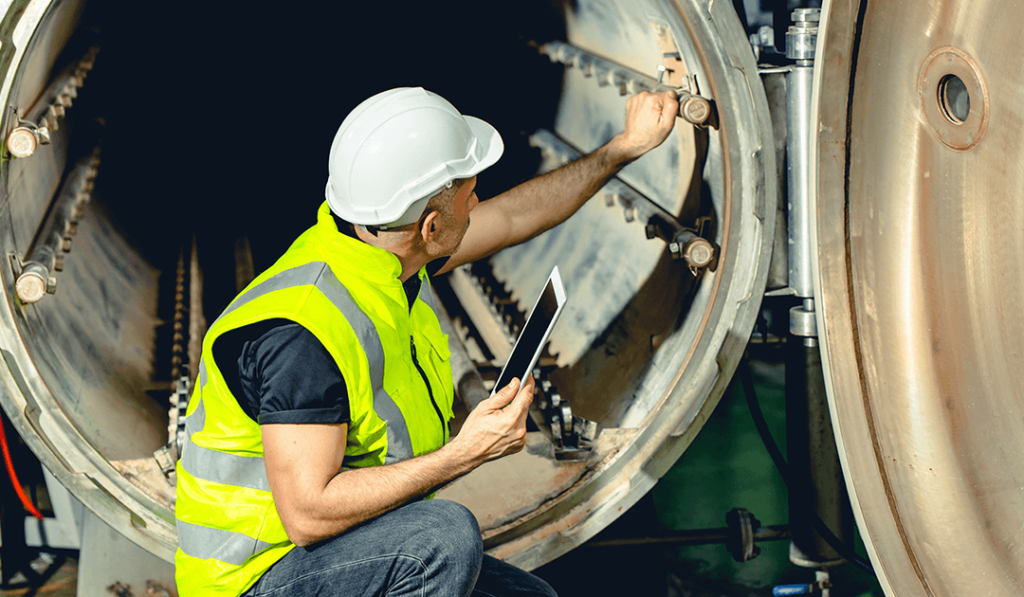
Loss of efficiency and higher fuel costs, culminating in the scrapping of gas transport pipelines
Incrustations are represented by the accumulation of unburned materials on the walls of pipes.
These unburned particles are carried into the tubes through the hot gases formed inside the boiler, more precisely in the boiler furnace during fuel combustion. These particles are deposited inside the gas/flame pipes. As the levels of fouling increase, the flow of gases becomes compromised and causes clogging of the pipes and loss of boiler efficiency.
The heating of the pipes for generating steam or hot water, in turn, is greatly compromised. Thermal energy is lost, and when the gas transport pipes are obstructed, less and less gas passes through the pipes, leading to a loss of efficiency in steam generation. It will no longer deliver the tons of steam determined by the design dimensions and will use much more fuel, since before the pipe is attached to its walls, the incrustation must first be heated and then the steel pipes can be heated. This also requires much greater fuel consumption. Failure to clean these incrustations can even lead to the scrapping of these pipes, costing the company huge expenses to replace the pipes, not to mention the time the boiler will have to be stopped to perform this replacement, which also depends on expensive and specialized labor; Below is a table of efficiency loss by incrustation thickness:
More efficient cleaning methods to eliminate scale in pipes
Mechanical cleaning
This is the most efficient and effective cleaning procedure used. It is performed using the MBX 2000 equipment , which enables the internal cleaning of steel pipes, being a compact, lightweight and easy-to-use tool, requiring no professional qualifications, only basic operational training.
To learn more about boilers and their many accessories, check out the MBX Blog and stay well informed.
